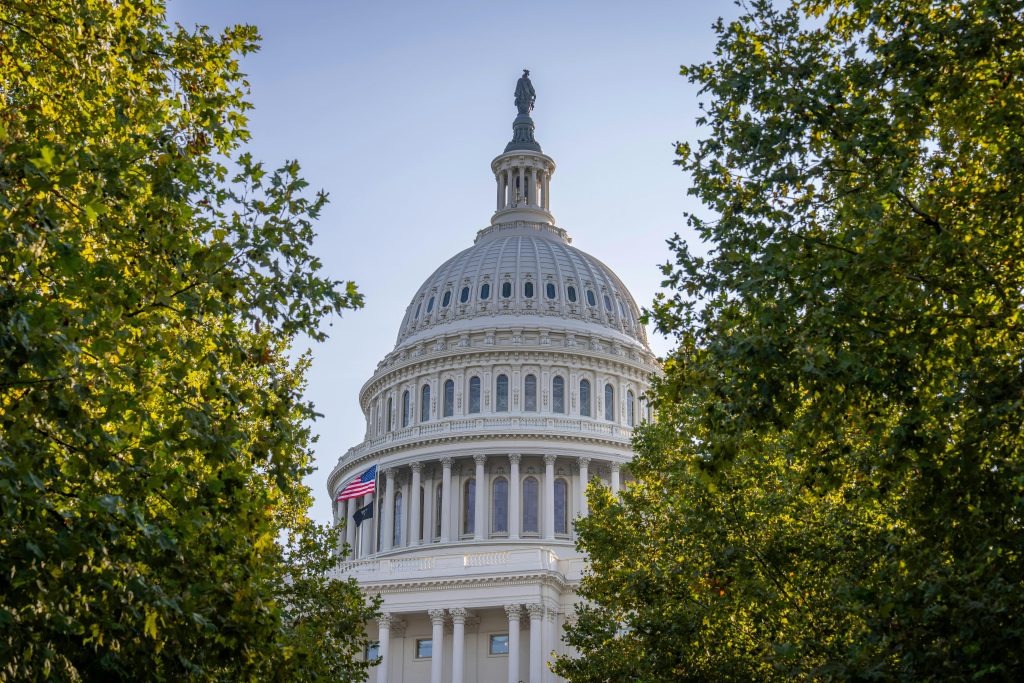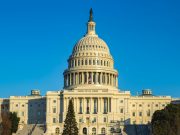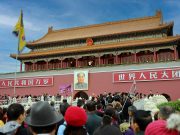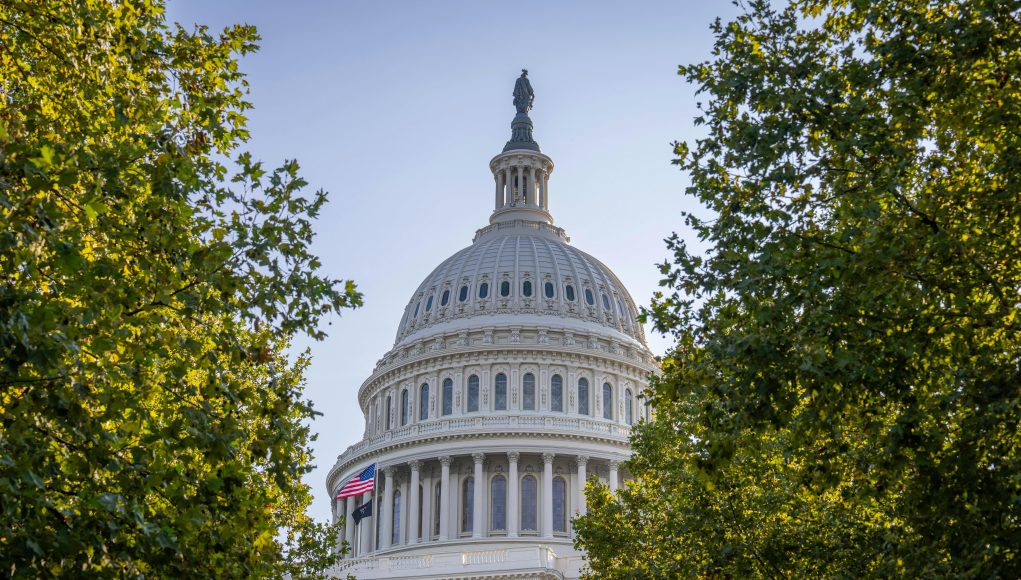
(Singapore, 03.10.2025)The United States is now two days into a government shutdown, and President Donald Trump is raising the stakes. He has openly threatened to fire “thousands” of federal workers in a dramatic move aimed at forcing Democrats to back down in a bitter standoff over government funding.
The shutdown began on Wednesday when lawmakers failed to pass a budget deal before the start of the new fiscal year. At the heart of the deadlock is a disagreement over healthcare subsidies tied to the Affordable Care Act, which Democrats insist must be included in the spending bill. Republicans, however, want to first secure a “clean” extension of government funding without additional provisions.
Trump Signals Job Cuts Ahead
Speaking through his press secretary Karoline Leavitt, Trump made clear that his administration is already identifying which agencies and programs could face permanent cuts.
“It’s likely going to be in the thousands,” Leavitt told reporters. “We’re going to look at agencies that don’t align with the administration’s values, that we feel are a waste of the taxpayer dollar.”
Trump himself took to social media on Thursday, saying he planned to meet with his budget director Russell Vought to “determine which of the many Democrat Agencies, most of which are a political scam, he recommends to be cut, and whether or not those cuts will be temporary or permanent.”
The president has already moved to freeze funding for public transit projects in New York and green-energy programs in states that supported Democratic candidate Kamala Harris during the 2024 election. He also pointed to Vought’s work on “Project 2025,” a conservative plan to significantly shrink the federal government, as inspiration for his current strategy.
Shutdowns are not new in Washington. The current one is the 15th since 1981. Traditionally, many government workers are placed on furlough—sent home without pay—until Congress reaches an agreement, but they usually receive back pay afterward.
What is unusual this time is Trump’s threat of permanent layoffs. Budget experts warn that carrying out such mass firings during a shutdown could be illegal, since it would require resources to terminate employees and restructure departments at a time when the government itself is not funded.
Still, several federal employee unions have already filed lawsuits to block the administration’s plans, though courts have so far allowed the possibility of dismissals to move forward.
The Congressional Budget Office has estimated that about 750,000 employees will be furloughed during this shutdown, at a cost of about US$400 million (S$516 million) per day in lost wages. In total, about two million federal workers are expected to miss paychecks if the impasse continues beyond October 15.
Republicans Back Trump’s Pressure Tactics
Despite the legal and political risks, Republican leaders have lined up behind the president. House Speaker Mike Johnson said Trump is within his rights to fire workers and direct funding as he sees fit during a shutdown.
“When Congress turns off the funding and the funding runs out, it is up to the commander in chief to determine how those resources will be spent,” Johnson said. “He has that responsibility given to him by the Democrats in the Senate. They can’t complain about it.”
Treasury Secretary Scott Bessent went further, accusing Democrats of negotiating “like terrorists” and insisting that Republicans simply want a clean funding bill without added provisions.
Democrats Call it Hostage-Taking
Democrats, however, argue that Trump is holding federal workers hostage to gain political leverage. Senator Patty Murray of Washington state warned that job cuts would not solve the deadlock.
“If the president fires a bunch of people, it’s not because of his shutdown—it’s because HE decided to fire them,” Murray wrote on social media. “People aren’t negotiating tools, and it’s sick that the president is treating federal workers like pawns.”
Senator Elizabeth Warren added that Democrats have been “begging” Republicans to negotiate, but “so far there have been zero talks because the GOP hasn’t engaged.”
Other Democrats said Trump’s threats amount to political gamesmanship that will hurt ordinary Americans far more than elected officials.
The consequences of a prolonged shutdown are wide-ranging. While Social Security and Medicare payments will continue, other government functions are grinding to a halt. Scientific research has been suspended, economic data releases delayed, and a wide range of regulatory and support services frozen.
Air travel could be disrupted, as airport security and air traffic controllers continue working without pay. Food assistance for millions of Americans is also at risk if the shutdown drags on. Export licenses, mortgage approvals, and small business loans may face delays as well.
History suggests that most shutdowns do not leave lasting scars on the U.S. economy. The longest one, which lasted 35 days in late 2018 and early 2019 during Trump’s first term, eventually ended with a compromise. But in the short term, the human cost is heavy, especially for federal employees living paycheck to paycheck.
For now, there is little sign of progress. Neither the House of Representatives nor the Senate held votes on Thursday, partly due to the Yom Kippur holiday. The Senate is expected to return Friday, while the House will not reconvene until Tuesday.
Representative Byron Donalds, a Republican from Florida, predicted the shutdown would last into next week at least. “It’s really up to Chuck Schumer,” he said, referring to the Senate Democratic leader.
Even some Republicans, however, have expressed frustration. Representative Tom Cole, chairman of the House Appropriations Committee, called the shutdown “a really dumb thing to do” and doubted it would achieve its political goals.
Trump, however, seems determined to frame the shutdown as an opportunity. “I can’t believe the Radical Left Democrats gave me this unprecedented opportunity,” he wrote online, signaling he intends to use the situation to weaken federal agencies he considers politically biased.





































